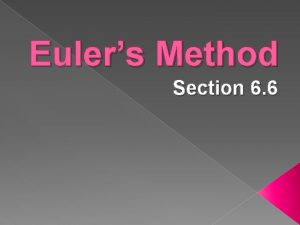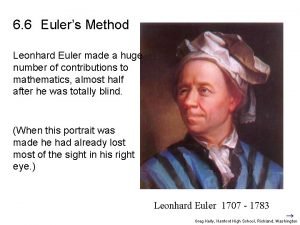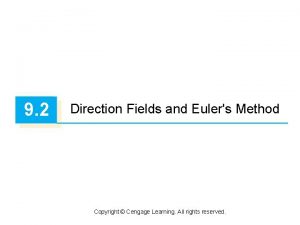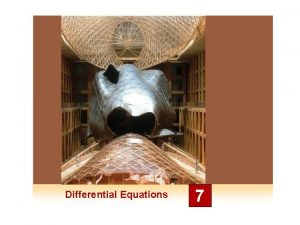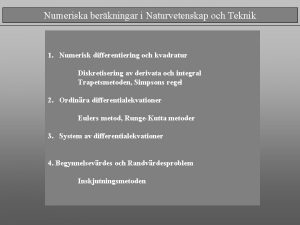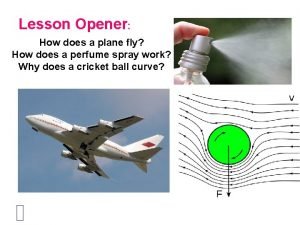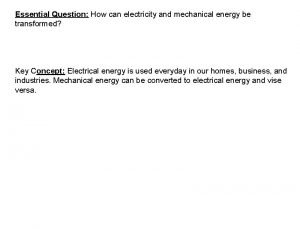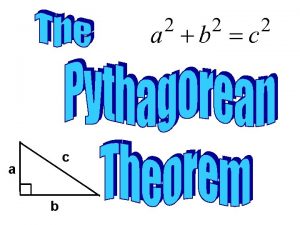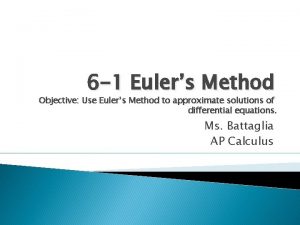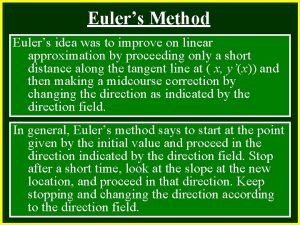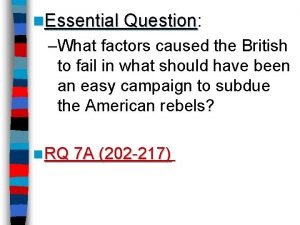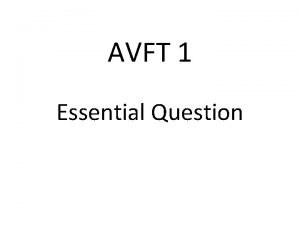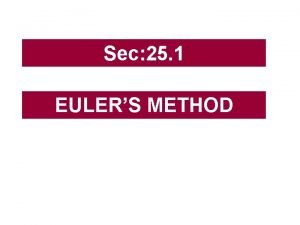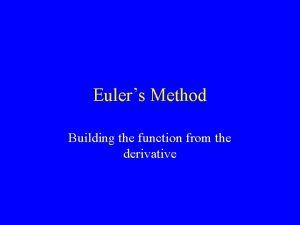4 Eulers Method Oiler Essential Question How does















- Slides: 15

4. Euler’s Method (Oiler)

Essential Question • How does Euler’s Method help us find solutions to differential equations?

Euler Leonhard Euler made a huge number of contributions to mathematics, almost half after he was totally blind. (When this portrait was made he had already lost most of the sight in his right eye. ) Leonhard Euler 1707 - 1783

It was Euler who originated the following notations: (function notation) (base of natural log) (pi) (summation) (finite change) Leonhard Euler 1707 - 1783

There are many differential equations that can not be solved. We can still find an approximate solution using a numerical method. Euler came up with a method based on tangent line approximations

The error gets worse as you get further away from initial value The error gets better if you use a smaller x If the curve is concave down, Euler overestimates the y value, if the curve is concave up Euler underestimates it

We will practice with an easy one that can be solved. Initial value: Use steps of 0. 5



Exact Solution:

Euler’s Method Use Euler’s Method for dy/dx= y – 1 with increments of ∆x =. 1 to approximate the value of y when x = 1. 3. y = 3 when x = 1. (x, y) ∆x (x + ∆x, y + ∆y)

Euler’s Method Use Euler’s Method with increments of ∆x =. 1 to approximate the value of y when x = 1. 3 and y = 3 when x = 1. (x, y) ∆x (x+∆x, y+∆y) (1, 3) 2 . 1 . 2 (1. 1, 3. 2) 2. 2 . 1 . 22 (1. 2, 3. 42) 2. 42 . 1 . 242 (1. 3, 3. 662)

Euler’s Method Use Euler’s Method for dy/dx= 2 x – 7 and f(2) = 3 with five equal steps to approximate f(1. 5). (x, y) ∆x (x + ∆x, y + ∆y)

Euler’s Method Use Euler’s Method for dy/dx= 2 x – 7 and f(2) = 3 with five equal steps to approximate f(1. 5). (x, y) ∆x (x+∆x, y+∆y) (2, 3) 1 -. 1 (1. 9, 2. 9) . 9 -. 1 -0. 09 (1. 8, 2. 81) . 79 -. 1 -0. 079 (1. 7, 2. 731) . 669 -. 1 -. 0667 (1. 6, 2. 664) . 536 -. 1 -. 0536 (1. 5, 2. 611)

Assignment Worksheet
 Oiler's method
Oiler's method Eulers methos
Eulers methos Eulers method
Eulers method Bisection method khan academy
Bisection method khan academy Eulers method
Eulers method Euler's differential equation
Euler's differential equation Costas levels of questions
Costas levels of questions Eulers stegmetod
Eulers stegmetod Eulers andra lag
Eulers andra lag Bernoulli's theorem
Bernoulli's theorem Euler's equation of motion in fluid mechanics
Euler's equation of motion in fluid mechanics Essential non essential fatty acids
Essential non essential fatty acids Figurative language essential questions
Figurative language essential questions Pythagorean theorem essential questions
Pythagorean theorem essential questions Essential question generator
Essential question generator Essential questions for pythagorean theorem
Essential questions for pythagorean theorem

